I can't believe you're gone.
Where bomb bags fly red dust
The bumpy road was littered with fallen trees.
The sky is full of sawn timber
I can't believe you're here!
In a strange land, the sky is blue
I picked you up through the whistling bullets
The train's hum grew more impatient.
I am a female soldier driving a car.
The enemy chased and shot, fire was burning on all sides.
The cockpit is the girls' cabin.
Still soft flower branch pinned horizontally.
I have passed and I have gone
Those were beautiful days of fighting America.
My country has many simple things
Those who do not believe will believe.
Sitting in her house, hidden deep in a small alley on Dao Tan Street (Ba Dinh District, Hanoi ), Mrs. Nguyen Thi Kim Quy (born 1947, from Hung Yen) sat relaxed, her voice resonant, full of pride as she read the verses in the poem True Belief by author Pham Tien Duat.
"That year, I stuffed 2kg of gravel into my body, hoping to gain enough weight to join the youth volunteer force. Unexpectedly, I became a female soldier driving a car. At that time, I was not afraid of death, I was only afraid of not being able to contribute anything," Mrs. Quy smiled, recalling a time of youth full of enthusiasm and passion.
Ms. Quy (standing 5th from left, first row) and her teammates took a photo with the late General Vo Nguyen Giap in July 2004 (Photo courtesy).
Inserting stones into the body to become a youth volunteer
Ms. Quy joined the youth volunteer force in 1965, at the age of 18. She said her father was a soldier fighting against the French, participating in the Dien Bien Phu campaign, and it was those stories that inspired her to contribute to the country.
"At that time, I only weighed 45kg, not qualified to participate. They needed strong people to dig roads and carry rocks," she shared.
To qualify, she secretly stuffed 2kg of gravel into her body. When the scale showed 47kg, she was delighted to have met the criteria.
Knowing that her family would not agree to let her go for fear of danger, she secretly hid her belongings in a neighbor's house and secretly set off.
"When the commune announced my name, my parents knew, but at that time I was already in the car," Mrs. Quy said with a laugh.
Ms. Quy and a group of sisters from Hung Yen gathered and moved to the Yen Bai Airport area. They were in charge of building essential works for the team of Chinese experts who were supporting the construction of the airport for our army.
Mrs. Quy recalls the difficult days when the US army continuously dropped bombs around the airport, aiming to destroy the infrastructure and destroy our forces.
The rain of bombs caused many casualties, but she and her teammates persevered. Every time the bombs stopped falling, they rushed back to work, digging rocks, making roads, carrying bricks, building houses, regardless of the danger.
During the Tet Offensive in 1968, the US mobilized a huge force of aircraft to attack strategic routes, while the need to support the fronts became increasingly urgent.
The 559th Division Command assigned Station 9 and Station 12 to urgently recruit young, healthy girls for driver training, because the number of male drivers was not enough to meet the demand.
After 3 years of youth volunteer service, faced with the choice of returning to her hometown or continuing to contribute, Ms. Quy wrote an application to go to driving school to share the burden with her teammates on the Truong Son route.
Ms. Quy joined the Truong Son female driver team in 1968, transporting necessities and wounded soldiers (Photo: Archive).
Steel flower on Truong Son road
From all over the countryside, 45 female volunteers, aged 18 to 21, gathered for a 45-day training course at Driving School 255 (now Son Tay Technical School for Vehicles and Machinery). There was no theory, only practice, the instructors were experienced drivers. They learned how to avoid bomb craters and overcome terrain while driving.
"The female drivers are divided into two training courses, belonging to military stations 9 and 12. The course that finishes training will be sent to the battlefield," said Ms. Quy.
After just over a month at the driving school, everyone was ready to hit the road. Mrs. Quy was in the second class so she joined later. Back then, there were no vehicles to take her to the battlefield, so she and her sisters carried backpacks and walked from Thanh Hoa to Quang Binh.
The female drivers were divided into two teams: One team drove wagons (a type of vehicle often used to pull or carry heavy goods on forest roads or in areas without convenient roads) and one team drove road vehicles.
Ms. Quy recalled: "The trolley team only traveled a fixed route, while the road team had to travel a different route every day."
On December 18, 1968, in the mountainous area of Huong Pho commune, Huong Khe district (Ha Tinh), military station 9 and military station 12 merged into a platoon named after heroine Nguyen Thi Hanh.
After the two military stations merged, Ms. Quy participated in training female trolley drivers because they were only familiar with a certain route and had difficulty driving on new roads.
Her teammates are girls aged 18 to 21, and her instructors are experienced male drivers (Photo courtesy).
When the two military stations merged, the female driving team was assigned to transport food, medicine, guns and ammunition from Vinh (Nghe An) via routes 12, 15, 18, 20, 22, and deliver the goods to the North bank of Gianh River (Quang Binh). After delivering the goods, they transported wounded soldiers and cadres from the South to the North for recuperation and study. Sometimes, the team also received special missions, having to go deep into the battlefield or to Laos.
At the assembly point, they not only carried out transportation tasks but also carried goods and took care of wounded soldiers.
The Truong Son road was extremely fierce, always facing B52 carpet bombing and coordinate bombing. To minimize losses, the command asked the female driver platoon to switch to driving at night.
The female drivers’ transport trip started at 5pm and ended at 5am the following day. Good drivers could drive alone, while less skilled drivers would have a commander accompany them. During the journey, they had to cut camouflage leaves and move at night using only the dim light from the loquat bulbs placed under the vehicle to avoid detection by aircraft.
"The light bulb was small, and we had to use a milk can with holes punched in it to cover it, making it almost impossible to see anything," Ms. Quy recalled. Many female drivers fell into bomb craters because the light was so weak they couldn't see the road.
At that time, the Truong Son route was not only a vital transportation route but also a fierce testing ground for bombs, mines and toxic chemicals, which were continuously dropped day and night. The weather was harsh, the summer was hot and scorching, the rainy season had muddy roads and cold winds.
The convoys had to follow the western slopes of the Truong Son Mountains. On one side was a steep cliff, on the other was a deep abyss. The women, being small in stature, had to fold thick blankets onto the driver’s seat to reach the steering wheel, and prop up a petrol can behind them for support. The road was bumpy, and one misstep could send the vehicle plunging into the abyss.
When she was young, Mrs. Quy was said to be fair-skinned and beautiful (Photo archive).
At that time, the US frantically bombed Route 12, especially the Heaven's Gate area. They used many dangerous bombs such as time-delayed bombs, magnetic bombs, and luminescent bombs, mainly targeting the vehicles transporting goods and weapons of the liberation army. This was the place where goods and wounded soldiers were gathered, and also the connecting point between the two Truong Son Dong and Truong Son Tay routes.
"Heaven's Gate is a bomb bag, you can go but never return. Yet I have passed it several times and still survived, while many of my male comrades just went and never returned," Ms. Quy recalled.
Teammates often joke that female Truong Son drivers have "nine souls", so every time they go, they come back safely.
On that war road, old cars would break down after a few days, forcing drivers to repair them in the middle of the forest. "I'm not afraid of bombs, I'm only afraid of ghosts. Once, my car broke down in the forest, I cried while fixing it because I was scared. I wasn't afraid of bombs dropping on my head, but I was afraid of ghosts," Mrs. Quy said with a laugh.
Compared to men, women are smaller, each time they change a tire they have to use their whole body to lift the lever to remove the wheel, sometimes even have to use their mouth to suck the gas to restart the engine.
Girls in their twenties, in the middle of a fierce battlefield, without makeup, without romantic dreams, only bomb smoke and times of struggling to overcome key points. But they still smiled, still sang, still encouraged each other: "The car is still running, the road is still open, as long as we live, we will continue to fight!"
Sad memories of the girls at Dong Loc T-junction
During her years of service on the Truong Son Trail, Ms. Quy witnessed her comrades being wounded and killed by bombs and bullets many times. But in the midst of the fierce battlefield, that pain had to be buried deep in her heart.
If a vehicle breaks down in the middle of the road, it can be repaired by the driver himself. If it is serious, the vehicle must be towed back by a vehicle going in the opposite direction. However, if it breaks down in the middle of a key point or is bombed beyond repair, the only way left is to detonate it or push it down a cliff to keep the road clear for the next vehicle.
In 2014, the Truong Son Female Drivers Company received the title of Hero of the People's Armed Forces during the resistance war against the US to save the country (Photo: Nguyen Ngoan).
The most haunting thing for Mrs. Quy during her years driving in Truong Son was the girls at Dong Loc Junction. Every time she drove past here, they often waved goodbye and told her to buy gifts for them when she returned. But when her convoy returned, Dong Loc Junction was just a desolate wasteland, the girls were gone, and the calls of "sister" were no longer heard.
During her years of driving, witnessing her comrades die, but fortunately, bombs and bullets did not take Mrs. Quy's life. B52s were scattered everywhere, and when bombs hit one place, she would turn the wheel to another. Only once, while on a mission, when she went to get leaves to camouflage the car, she was unfortunately hit by a cluster bomb, injured in her right arm and head, but her life was not in danger.
"When I got back to the hut, the nurses teased me that I was a hero but failed. I don't know why I was so reckless back then. Even though I was injured, I was still able to laugh and talk," Mrs. Quy recalled.
No love until the day of enlistment
In early 1972, the Truong Son female driver platoon was transferred to the D255 Driver Training School, under the Department of Motorcycle Management. The female drivers now became teachers, training 300 female driver students, the force would continue to serve in vehicle depots, warehouses, military hospitals, replacing male drivers in the battle.
After the country was unified, everyone went their separate ways. Some were demobilized, some continued to drive. Some found family happiness, but some were unable to have children due to the after-effects of war, and some lived alone all their lives after losing their lovers in battle.
Bombs and bullets from Truong Son could not take away the youth of these resilient female drivers, but war left indelible wounds.
Of them, 23 became disabled soldiers, 11 passed away, 8 died of cancer due to chemical poisoning, many people's bodies were contaminated with lead from repeatedly using their mouths to suck gasoline in the middle of the jungle, 3 people died of other diseases.
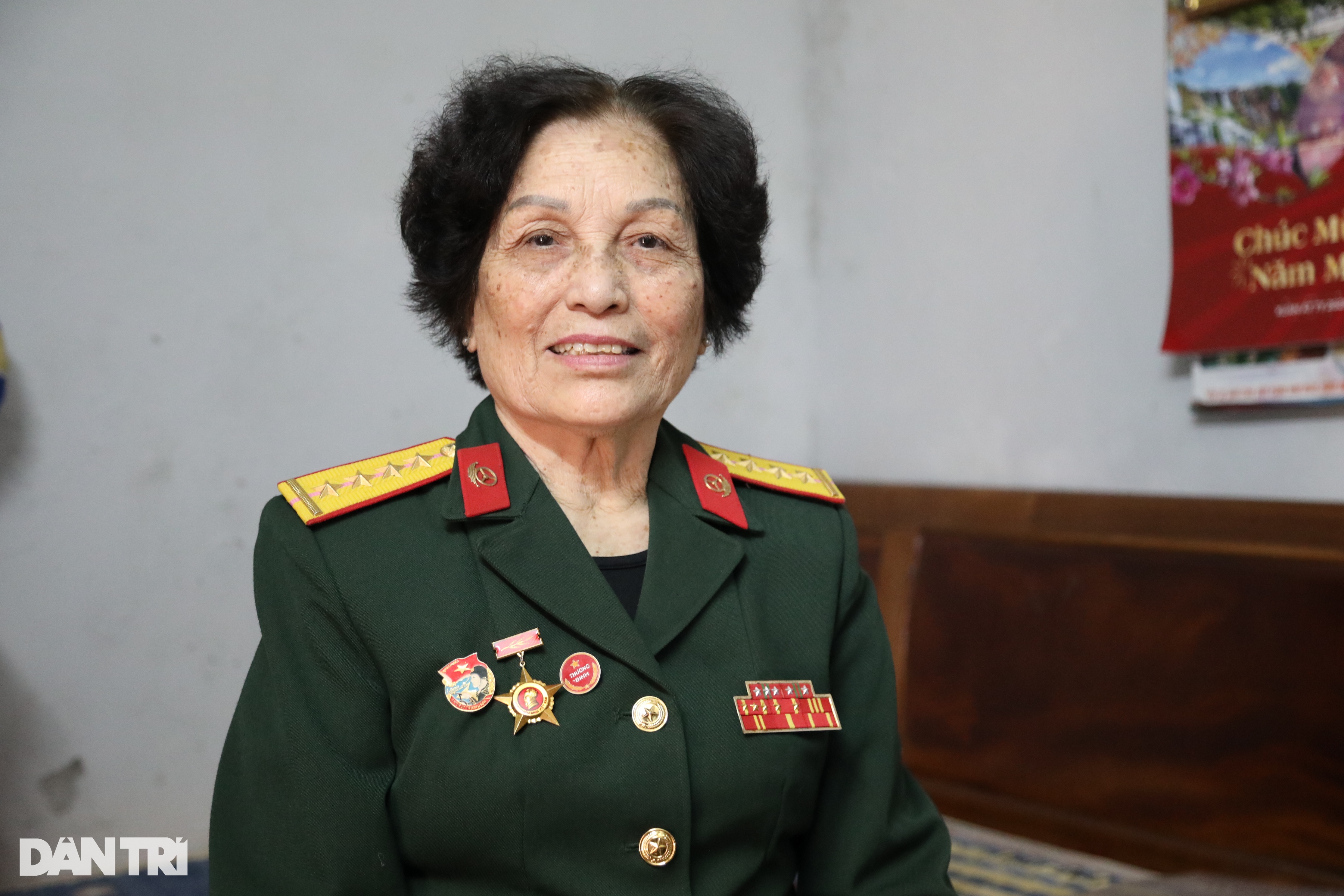
Ms. Quy currently lives with her youngest son on Dao Tan Street, Ba Dinh, Hanoi (Photo: Nguyen Ngoan).
During her youth, Ms. Quy devoted herself to her ideals. The army had a "three-wait" rule: Don't fall in love if you haven't fallen in love yet, don't get married if you have, and don't have children if you have. She strictly followed it, not thinking about love at all. Only after leaving the army did she get married at the age of 29 and have two sons. But those proud years of youth have never faded from her memory.
Every time she returns to the old battlefield, she cannot hold back her tears when standing in front of Dong Loc T-junction - where many of her comrades have forever remained. "Every time I return to visit, I buy soapberry and combs to give to the girls there, as a gift that I could not send that year," she said emotionally.
Now, at the age of 80, she still keeps in touch with her old comrades, still calls to ask about each other, still meets to reminisce about the heroic days.
Those female drivers of Truong Son were not only soldiers, but also symbols of courage and resilience. They lived and fought with all their faith, youth and ideals, so that today's next generation can understand: There was a time when Vietnamese women were so heroic.
Dantri.com.vn
Source: https://dantri.com.vn/doi-song/gap-nu-lai-xe-truong-son-nhet-2kg-soi-vao-nguoi-tron-gia-dinh-ra-tran-20250403195541404.htm


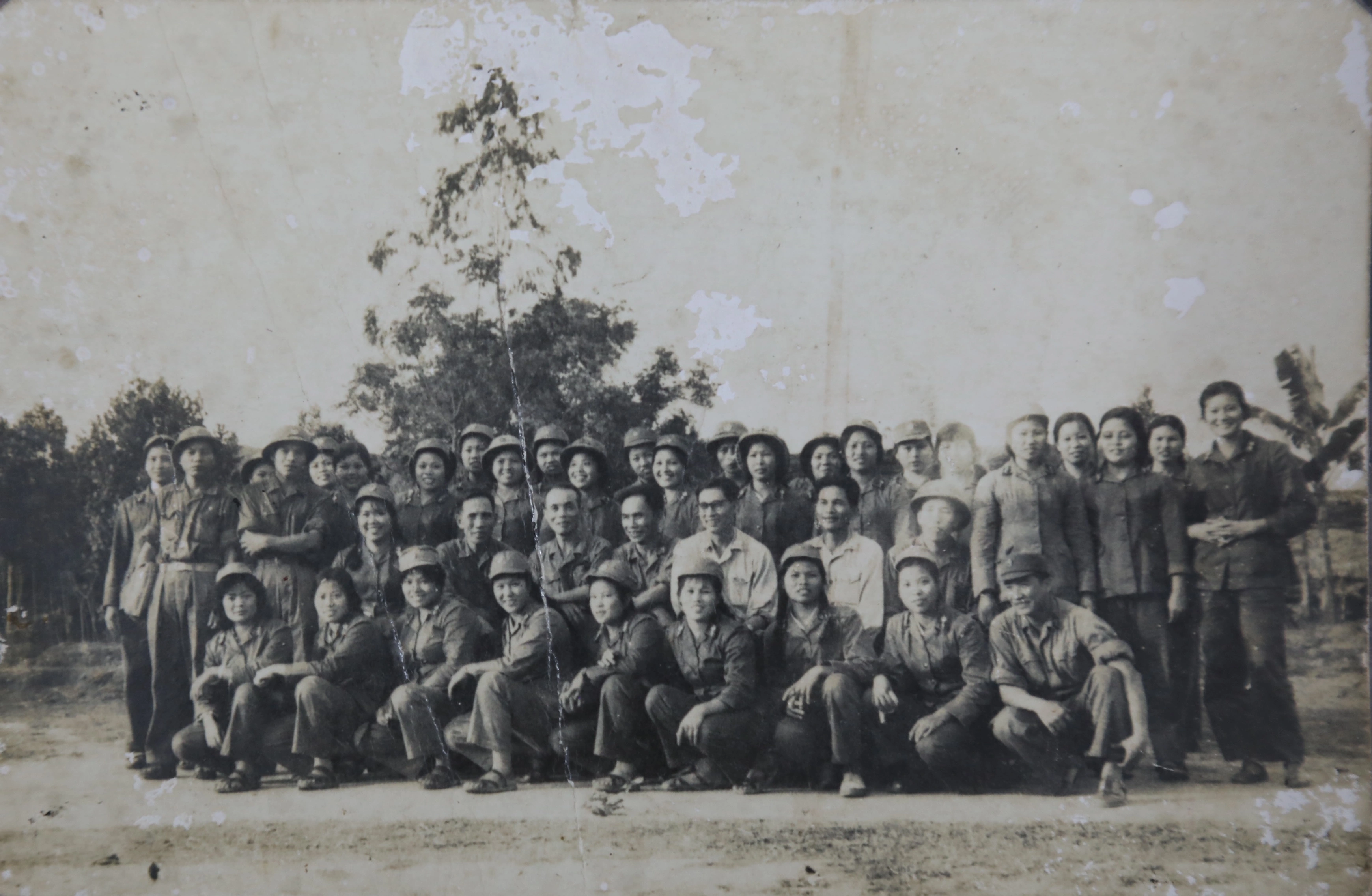
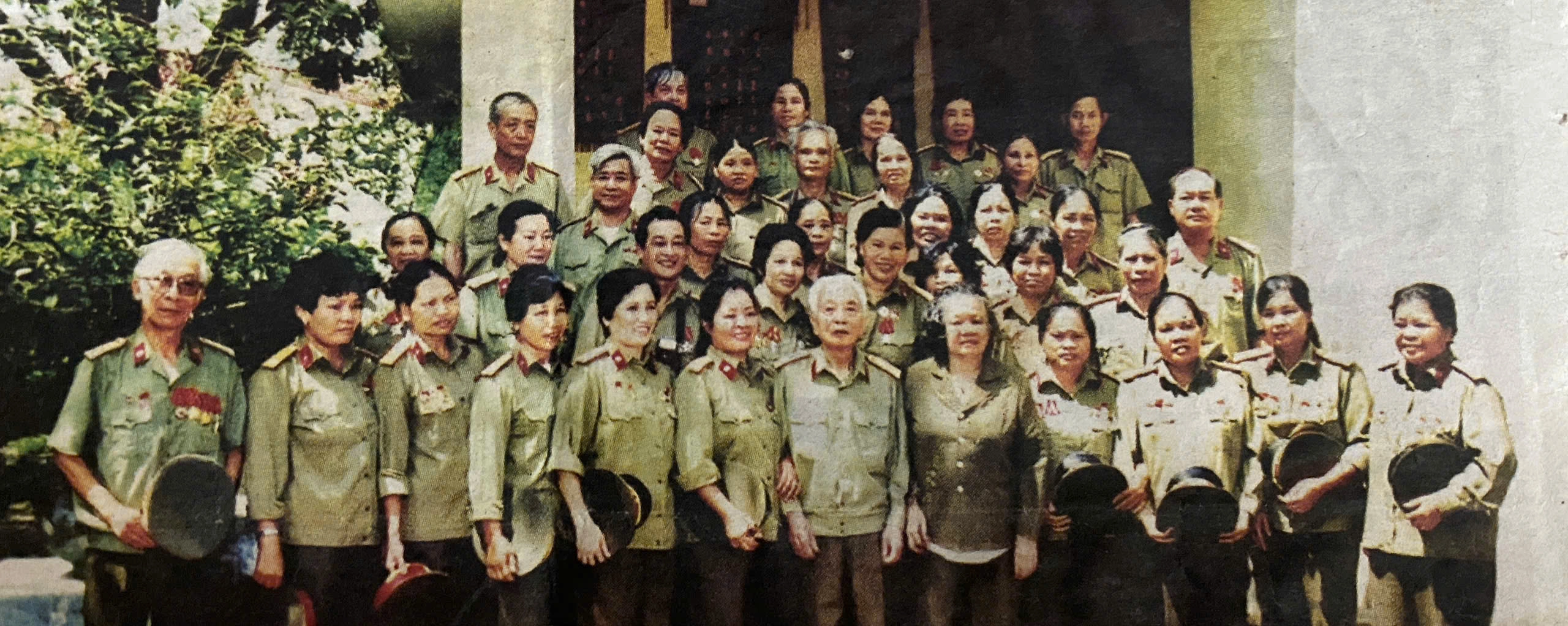
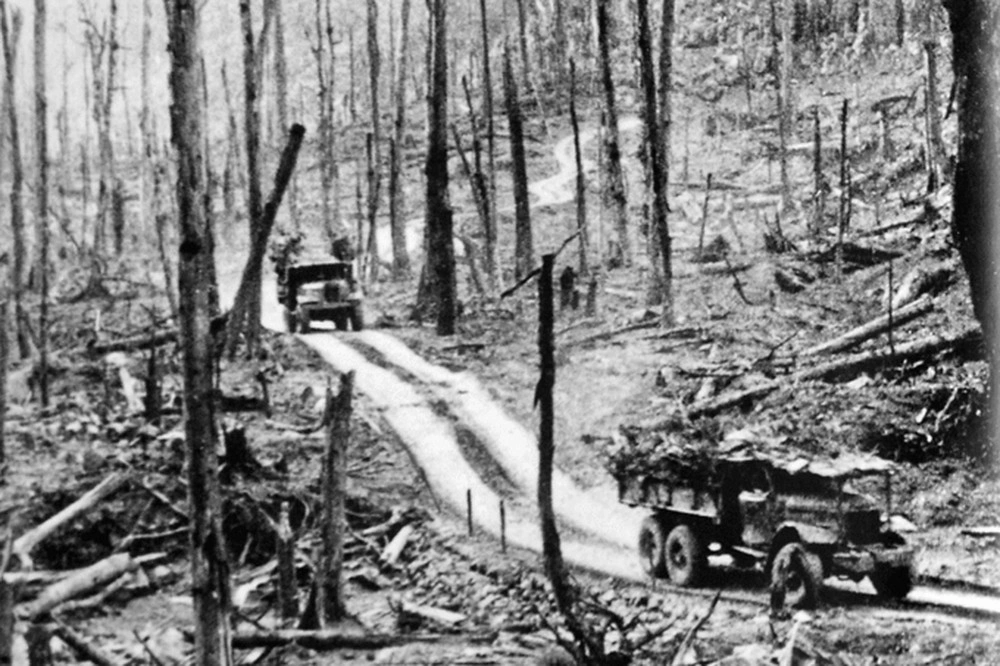
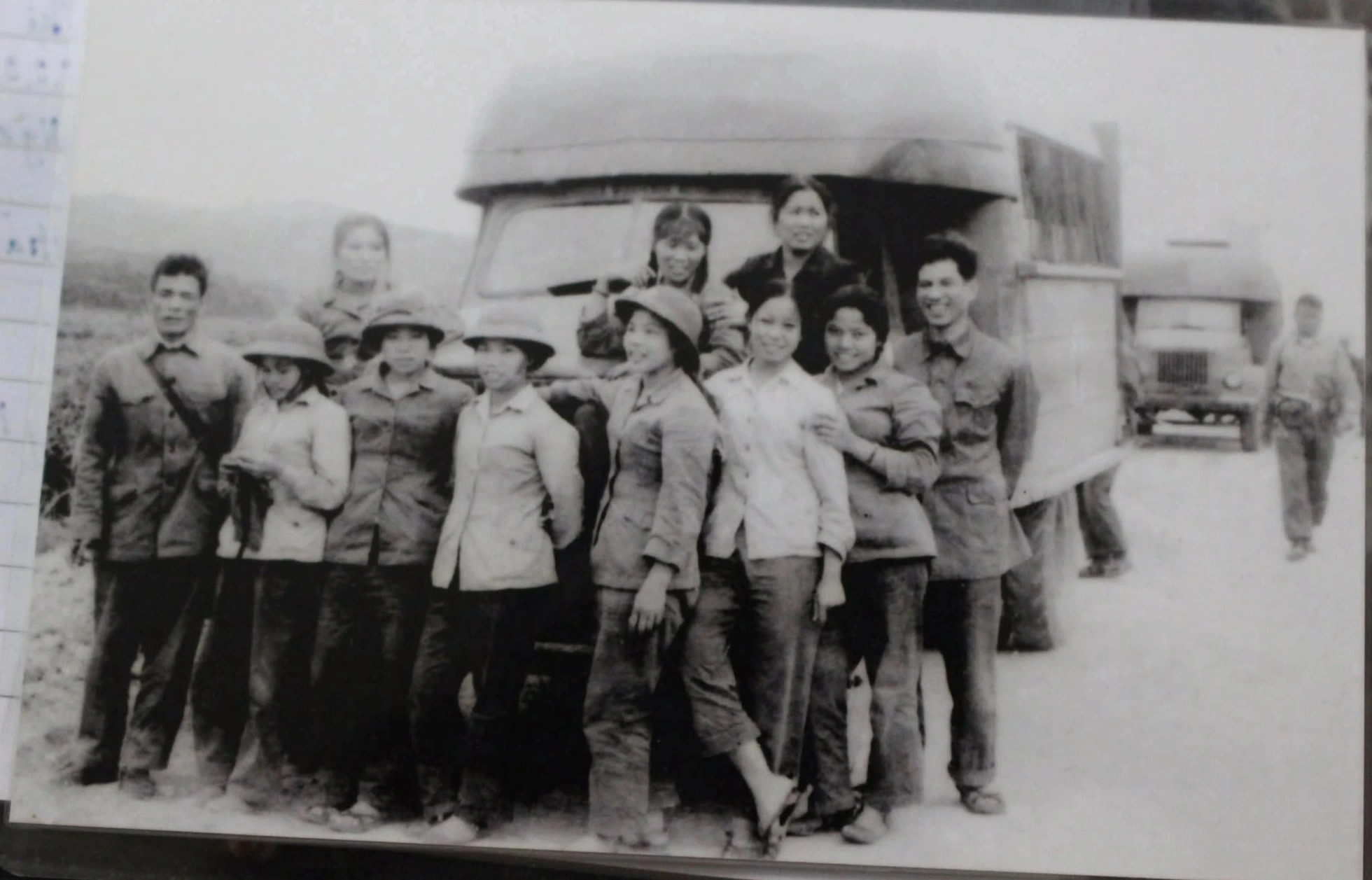
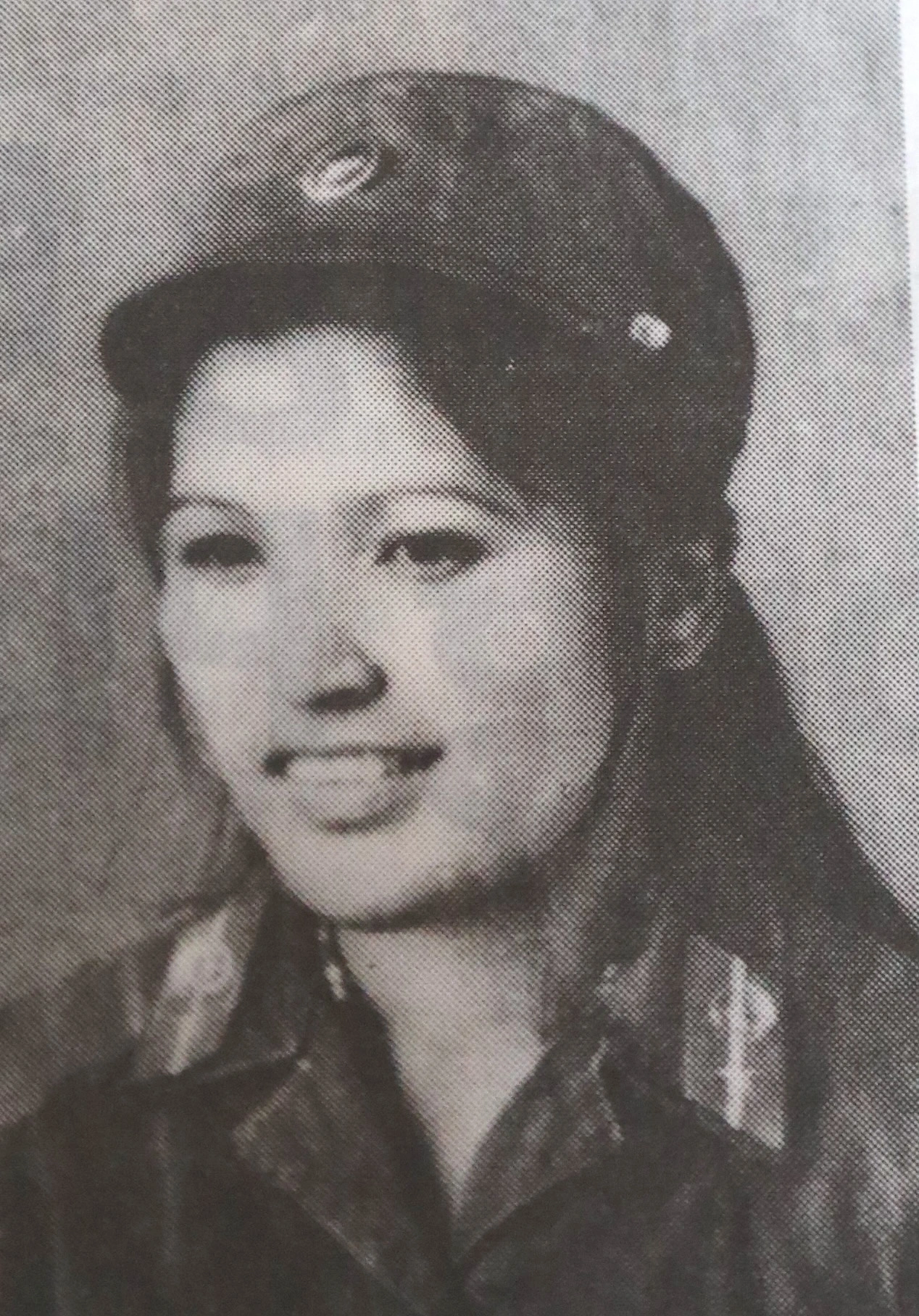
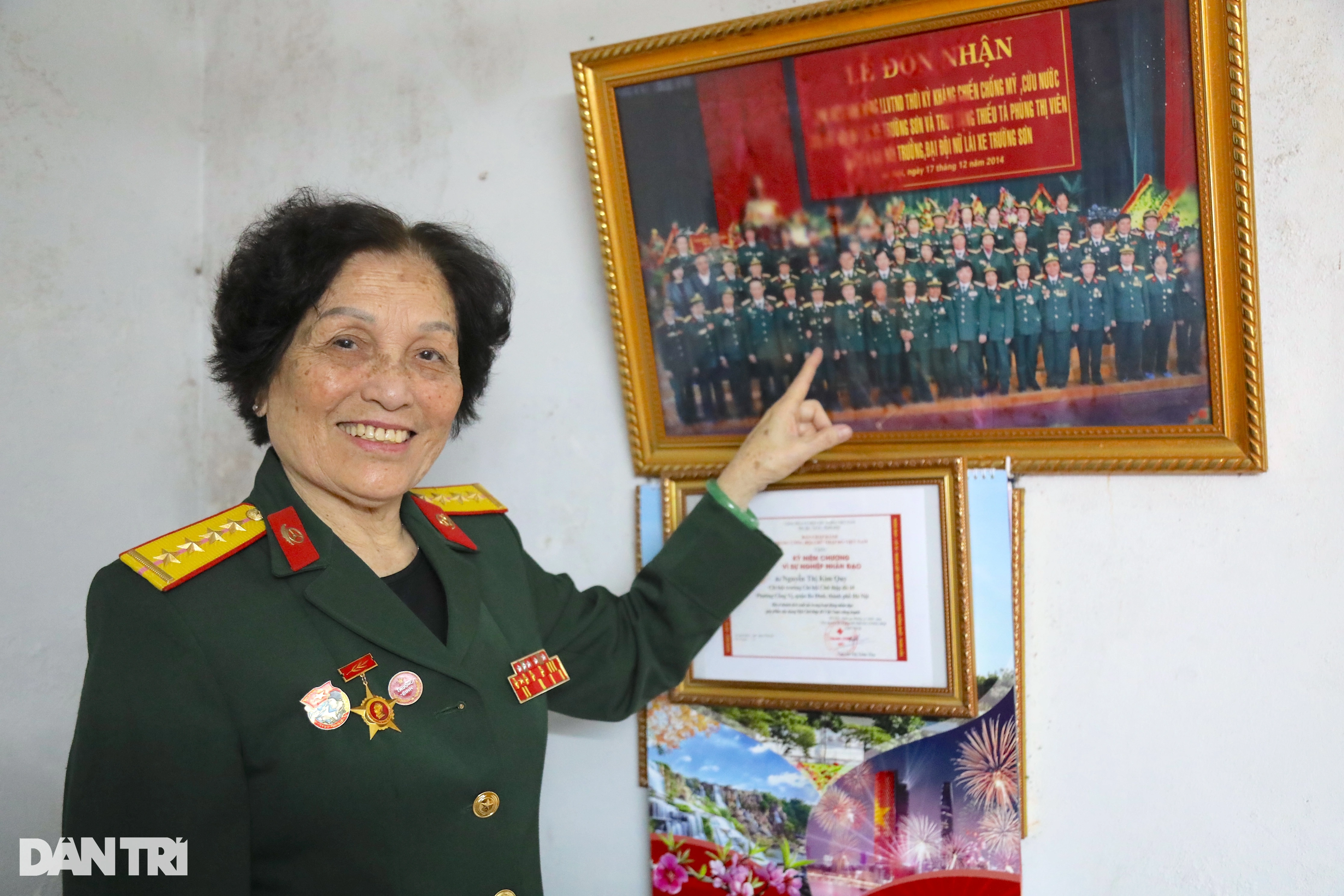
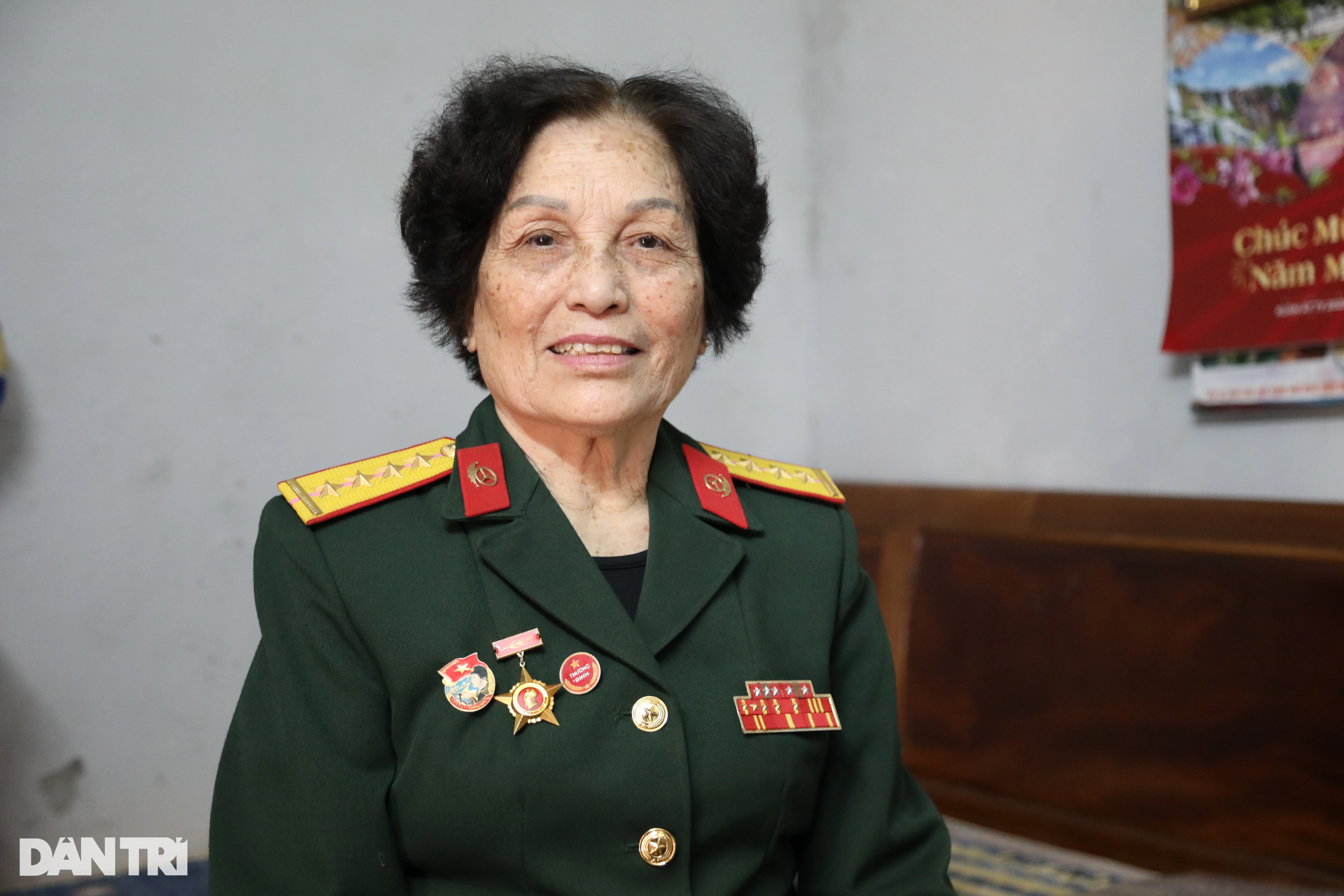

![[Photo] Prime Minister Pham Minh Chinh chairs a meeting of the Government Standing Committee on overcoming the consequences of natural disasters after storm No. 11](https://vphoto.vietnam.vn/thumb/1200x675/vietnam/resource/IMAGE/2025/10/09/1759997894015_dsc-0591-jpg.webp)
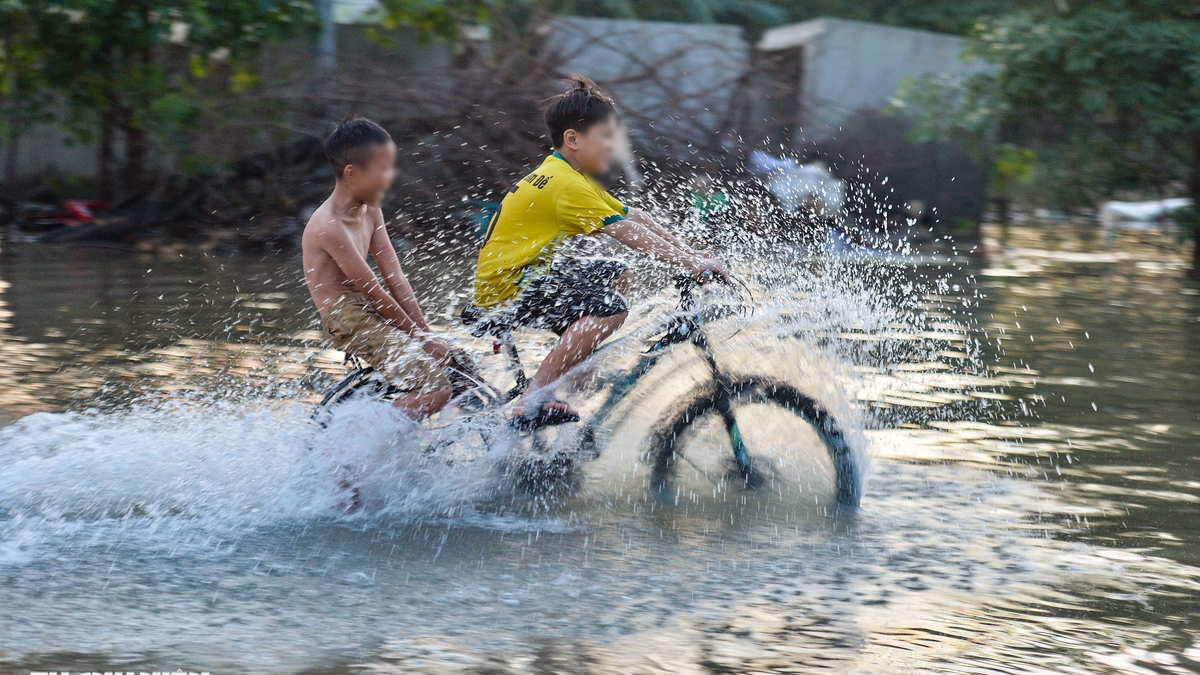


![[Photo] Prime Minister Pham Minh Chinh chairs the Conference to deploy the National Target Program on Drug Prevention and Control until 2030](https://vphoto.vietnam.vn/thumb/1200x675/vietnam/resource/IMAGE/2025/10/09/1759990393779_dsc-0495-jpg.webp)










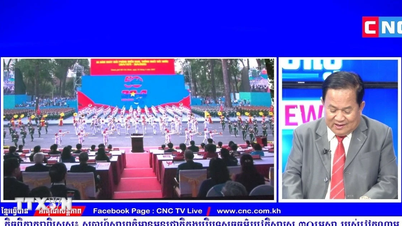

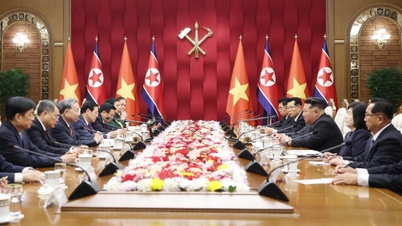












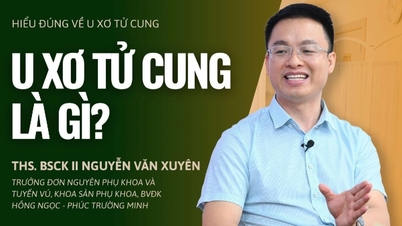



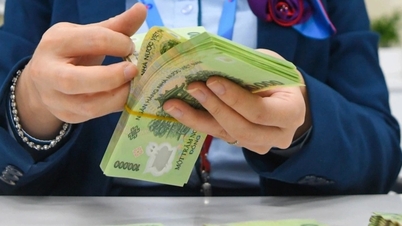






















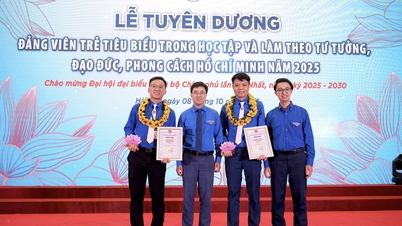




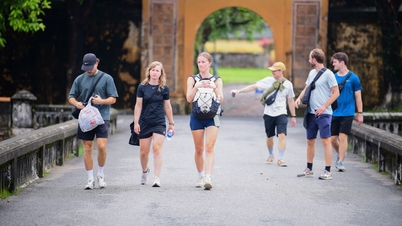


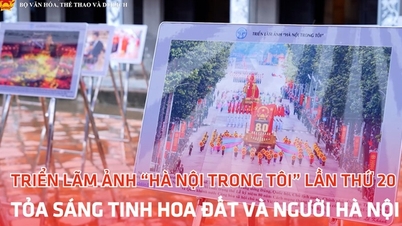




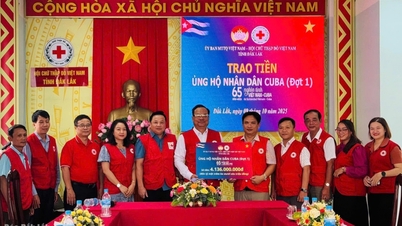






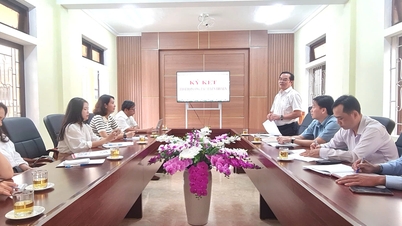
















Comment (0)